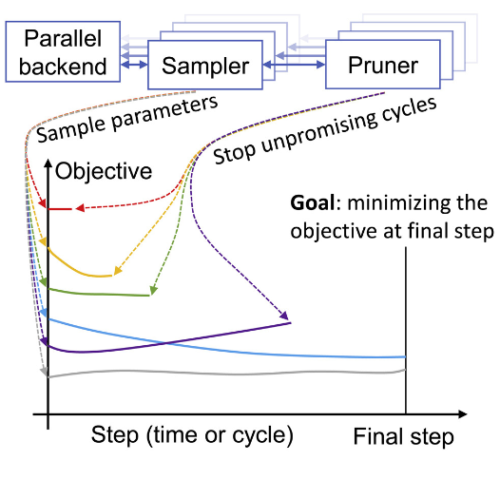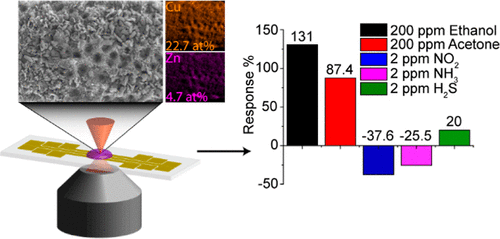ミシガン大学が開発したシステムにより、電気自動車革命に向けたより優れた電池の開発競争において時間とコストを削減 System developed at the University of Michigan saves time and money in the race to create better batteries for the electric vehicle revolution
2022-06-27 ミシガン大学
この最適化フレームワークにより、バッテリーの構成が長期にわたってどのように機能するかを評価するコストを劇的に削減することができます。
チームが開発した最適化システムは、新しくて優れたバッテリーのシミュレーションと物理テストの両方の時間を約75%削減することが可能です。このスピードは、消費者が目的地に到達するのに十分な容量を常に確保できるような材料と構成の適切な組み合わせを模索している電池開発者にとって、大きな後押しとなり得る。
<関連情報>
- https://news.umich.edu/new-approach-reduces-ev-battery-testing-time-by-75/
- https://www.cell.com/patterns/fulltext/S2666-3899(22)00128-3
学習型サンプリングと早期停止を用いた汎用的なバッテリーサイクル最適化フレームワーク A generic battery-cycling optimization framework with learned sampling and early stopping stra
Changyu Deng,Andrew Kim,Wei Lu
Patterns-Cell Press Published:June 20, 2022
DOI:https://doi.org/10.1016/j.patter.2022.100531

Summary
Battery optimization is challenging due to the huge cost and time required to evaluate different configurations in experiments or simulations. Optimizing the cycling performance is especially costly since battery cycling is extremely time consuming. Here, we introduce an optimization framework building on recent advances in machine learning, which optimizes battery parameters efficiently to significantly reduce the total cycling time. It consists of a pruner and a sampler. The pruner, using the Asynchronous Successive Halving Algorithm and Hyperband, stops unpromising cycling batteries to save the budget for further exploration. The sampler, using Tree of Parzen Estimators, predicts the next promising configurations based on query history. The framework can deal with categorical, discrete, and continuous parameters and can run in an asynchronously parallel way to allow multiple simultaneous cycling cells. We demonstrated the performance by a parameter-fitting problem for calendar aging. Our framework can foster both simulations and experiments in the battery field.



